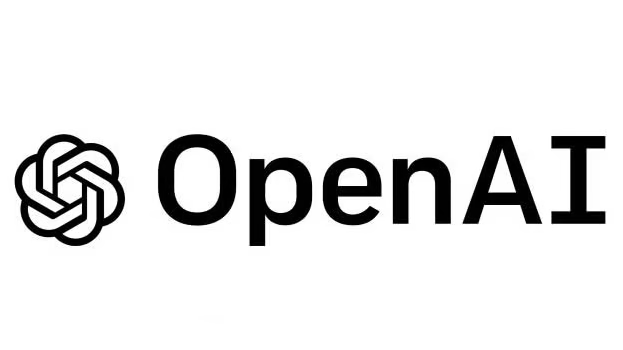The landscape of virtual reality (VR) is steadily evolving beyond entertainment, carving out a significant niche within the enterprise sector. Meta, a dominant force in the consumer VR market with its Quest line of headsets, is increasingly focusing on capturing the burgeoning demand for immersive technologies in the workplace. Recent developments indicate a concerted effort by the company to refine its platform and forge strategic partnerships aimed at integrating VR into diverse professional workflows, signaling a shift towards more utilitarian applications of the technology.
Historically, VR adoption in business has faced hurdles, including hardware costs, user comfort, content availability, and demonstrating clear return on investment. However, advancements in headset technology, particularly standalone devices like the Meta Quest 3, have mitigated some of these barriers. These newer headsets offer improved resolution, processing power, and mixed-reality capabilities at a more accessible price point, making them increasingly viable tools for businesses. Meta is capitalizing on this by enhancing its ‘Meta Quest for Business’ subscription service, which provides enterprise-grade features such as device management, dedicated support, and enhanced security protocols necessary for corporate environments.
The applications driving this enterprise push are varied and impactful. Training simulations remain a cornerstone, allowing employees in fields ranging from surgery to manufacturing and emergency response to practice complex procedures in safe, repeatable virtual environments. This reduces training costs, minimizes risks associated with real-world training, and can improve skill retention. Collaboration is another key area; platforms like Meta’s Horizon Workrooms enable geographically dispersed teams to convene in shared virtual spaces, fostering a sense of presence and interaction that traditional video conferencing lacks. This is particularly relevant in the era of hybrid work models.
Furthermore, VR is finding utility in design and visualization. Architects, engineers, and product designers can use VR to create, review, and modify 3D models immersively, facilitating better understanding of spatial relationships and enabling collaborative design reviews before physical prototypes are built. Data visualization is also emerging as a powerful use case, allowing analysts to interact with complex datasets in three dimensions, potentially revealing insights missed in traditional 2D charts and graphs.
Meta’s strategy involves not only refining its own hardware and software but also cultivating an ecosystem of third-party developers creating specialized enterprise applications. By providing robust development tools and fostering partnerships with independent software vendors (ISVs) and system integrators, Meta aims to ensure a steady stream of industry-specific VR solutions. Recent announcements highlight new integrations with established enterprise software platforms and collaborations aimed at specific verticals like healthcare, education, and retail.
Despite the progress, challenges remain. Ensuring seamless integration with existing IT infrastructure, addressing ongoing concerns about data privacy and security within virtual environments, and overcoming potential user resistance or discomfort are critical steps. Scalability is also key; deploying and managing VR solutions across large organizations requires robust infrastructure and support. However, the accelerating pace of technological improvement and Meta’s clear strategic focus suggest that VR’s role in the enterprise is poised for significant growth, potentially transforming how businesses train employees, collaborate on projects, and interact with data in the coming years.
Source: TechCrunch

